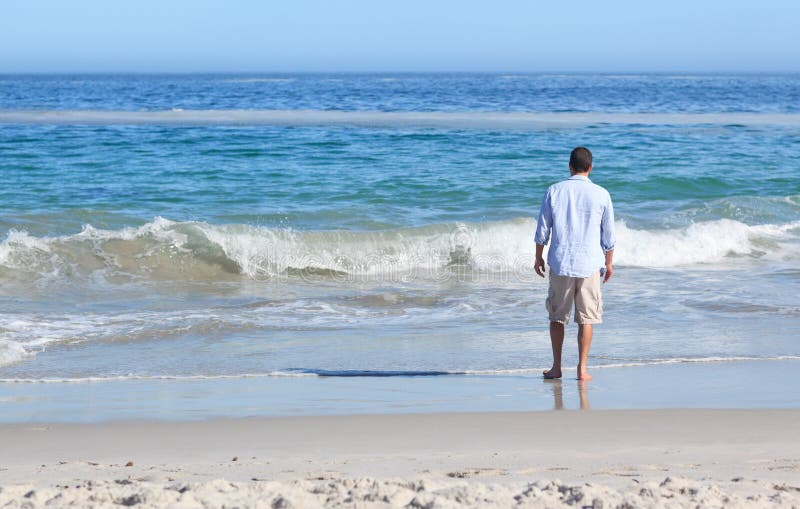

Softer surfaces like sand tend to be easier on the joints than hard surfaces like concrete. But there are still some risks to watch out for. Walking on the beach tends to be super safe. Here’s a rough estimate of how many calories you can burn walking for 1 hour, based on weight and pace. That said, beach walks are a great way to burn calories. “While this may seem negligible if you think about a couple of steps, this compounds over time.” “The instability means you need to push away from the surface a little harder with your legs,” says Johnson. Walking on uneven beach terrain makes muscles work up to 28 percent harder than walking on flat surfaces, according to a 2013 study. “If you take a walk on the beach and it’s a sunny day, you’ll get a much bigger vitamin D hit, which is super important if you spend a lot of time indoors,” says fitness instructor Joe Johnson. Getting enough of this nutrient can help: This is great news since 50 to 90 percent of your vitamin D comes from sunshine.īTW, Vitamin D plays a big part in your overall health. Unlike built-up urban areas, beaches are a great source of natural sunlight. It may also increase feelings of well-being and good health. Researchers found that spending at least 2 hours in nature per week can lower levels of the stress hormone cortisol. “Taking regular walks on the beach is a fantastic way to calm the cortisol response in the brain, allowing you to feel more awake, alive, and alert,” says holistic health expert Mindy Pelz.Ī 2019 study backs this up. Walking on the beach can be uber-beneficial for your mind and mental health. That means there’s a lower injury risk when compared to high impact sports like running. This can help you burn extra calories and strengthen the ankles, hips, and core.īeachy bonus: Walking is a low impact activity. Walking in sand requires more effort than walking on a hard surface.

Good exerciseīeach strolls are a fab form of exercise.


 0 kommentar(er)
0 kommentar(er)
